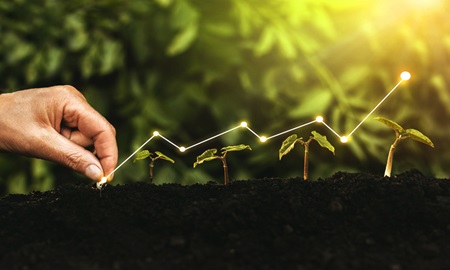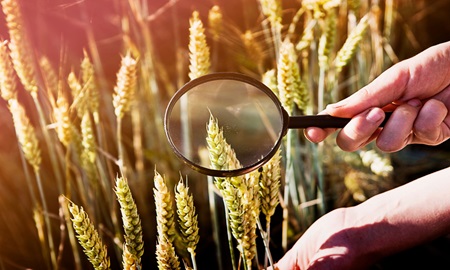What kind of work does ABARES do?
ABARES is the Australian government’s agricultural commodity forecaster and the research arm of the Department of Agriculture, Fisheries and Forestry.
We deliver high-quality economic & scientific research, analysis & advice on issues affecting Australia's agriculture, fisheries and forestry sectors.
Working at ABARES
ABARES staff (affectionately known as Bears), enjoy a relaxed, safe, and inclusive working environment.
- We value differences and welcome people with diverse backgrounds and working styles.
- We encourage continuous learning and provide a wide range of development opportunities.
- We’re collaborative and work across teams within the bureau, department and sometimes, other organisations!
- We understand that everyone works best in different ways. Our teams enjoy flexible working arrangements to best support collaborative and balanced working patterns.
- We provide the evidence base for future policy development for the Australian Government. Your work will directly contribute to this from the get-go.
The bureau is the ideal workplace to develop research and analytical skills, and build strong and collaborative relationships in the agriculture, fisheries and forestry sectors.
Our work is diverse. It ranges from producing forecasts on a quarterly cycle to long term projects that take years to complete.
Read the essential guide to life and work at ABARES (PDF 876 KB).
If you have difficulty accessing this file, contact the ABARES team for assistance.
People working at ABARES are employed by the Department of Agriculture, Fisheries and Forestry (DAFF). To check eligibility, benefits and conditions and our RecruitAbility scheme please visit the DAFF People and jobs page.
Apply to work at ABARES
We’re always looking for passionate economists, scientists, analysts and team members with relevant skills. If you want to work at ABARES, we want to hear from you! Email ABARES Recruitment.
All ABARES job opportunities are posted on APS Jobs and on the Department’s jobs portal.
Yes, these are real people who work at ABARES!






